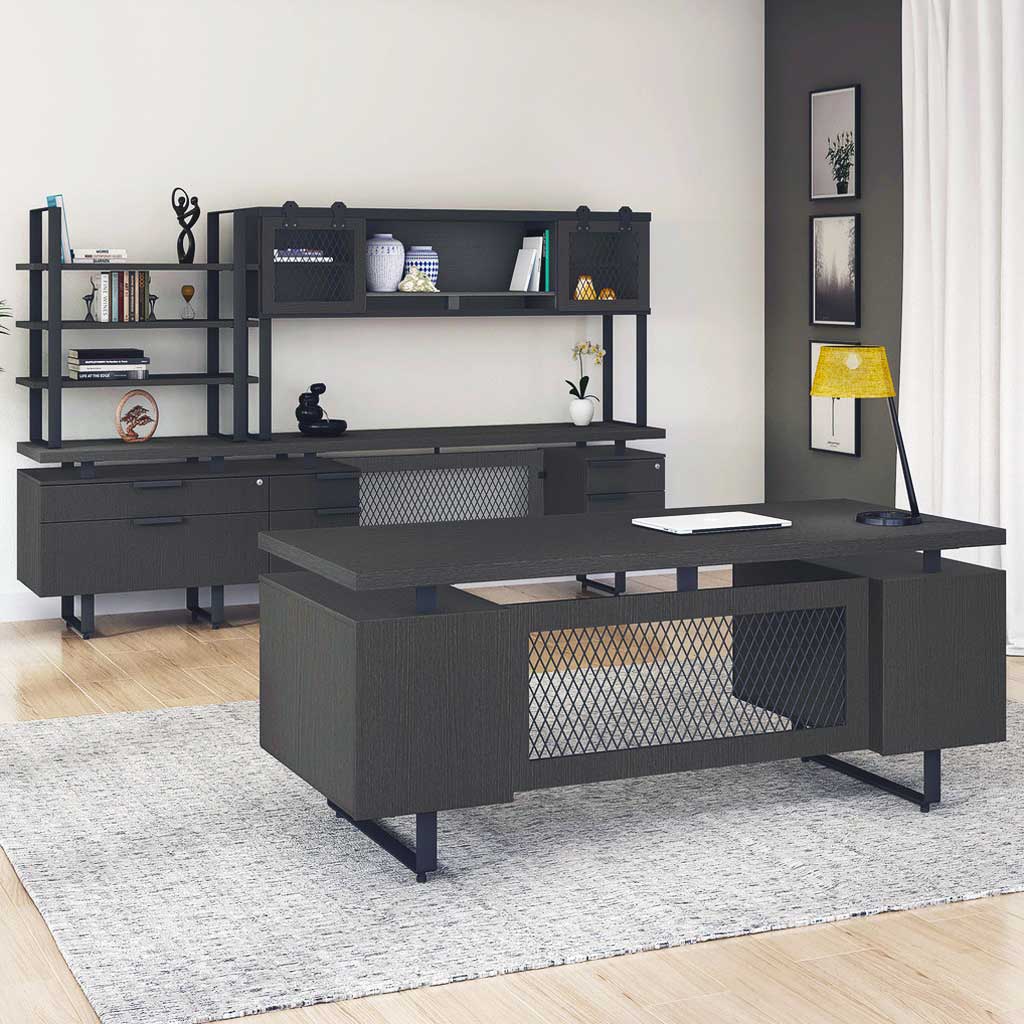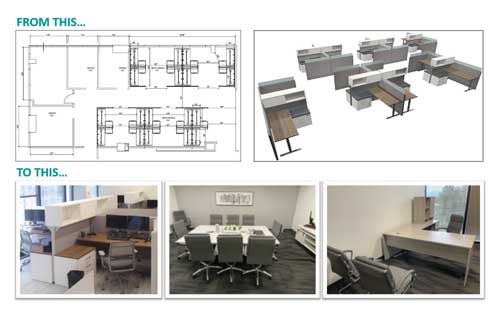If you’re searching for quality office furniture in the Metro Atlanta area and beyond, look no further than Office Furniture Expo. Centrally located in Doraville, we are well known for our wide selection of new and used office furniture.

DESKS
CONFERENCE ROOMS
USED OFFICE FURNITURE
FILE & STORAGE

EXCEEDING EXPECTATIONS
Experts in Office Design
We employ specialists in many disciplines who help our clients think about space and how it relates to people, culture, processes, and technology.
When you invest in quality redesign services for your office, you are making an investment in employee productivity and in the success of your business.
CONTACT US
Phone
PH 470-207-1258
FX 770-458-9541
MON TO FRI 9:00 AM – 5:00 PM
SATURDAY 11:00 AM – 5:00 PM
SUNDAY CLOSED


